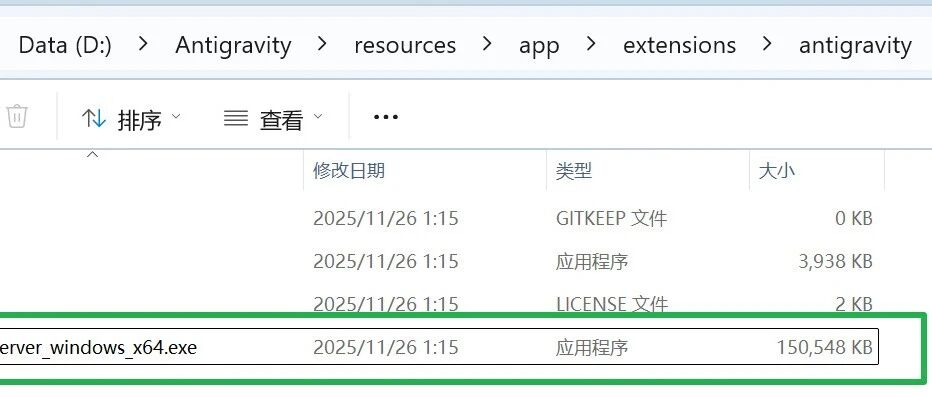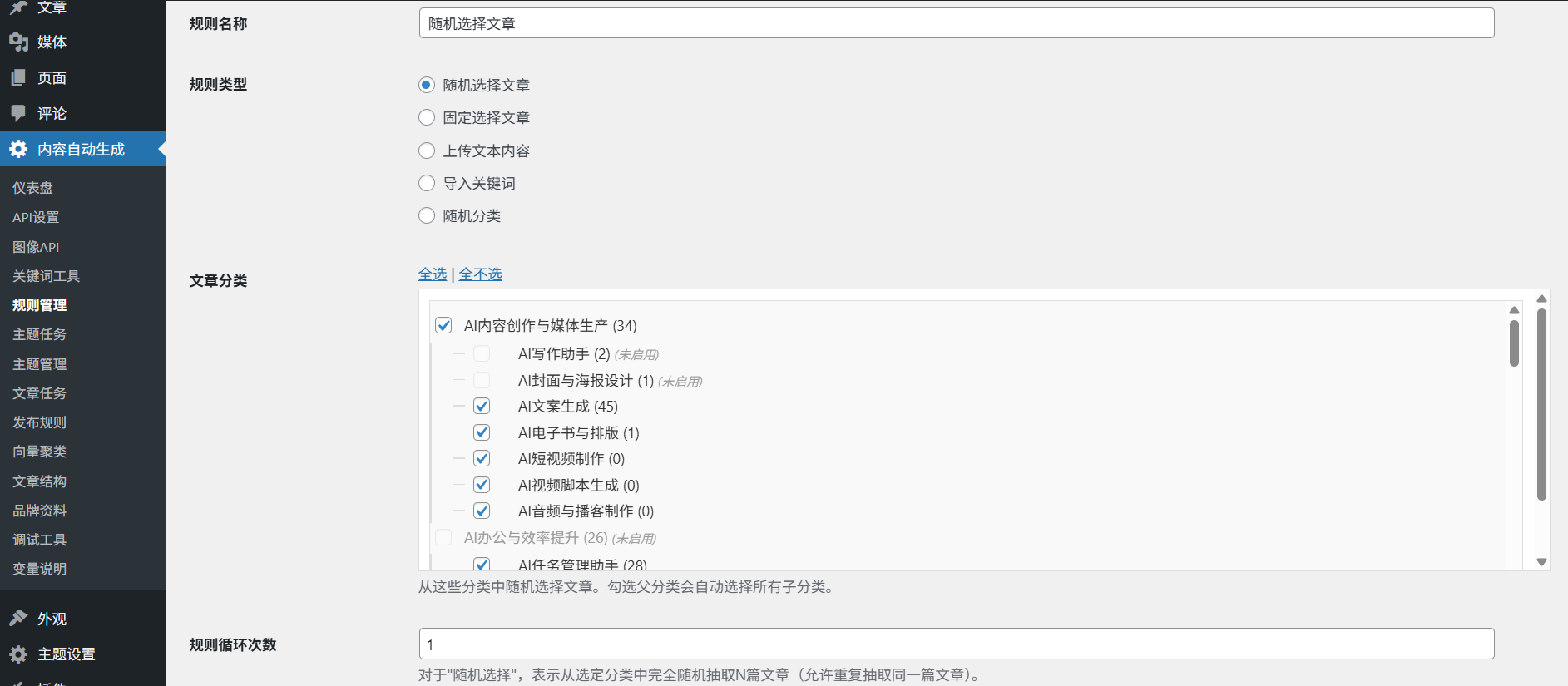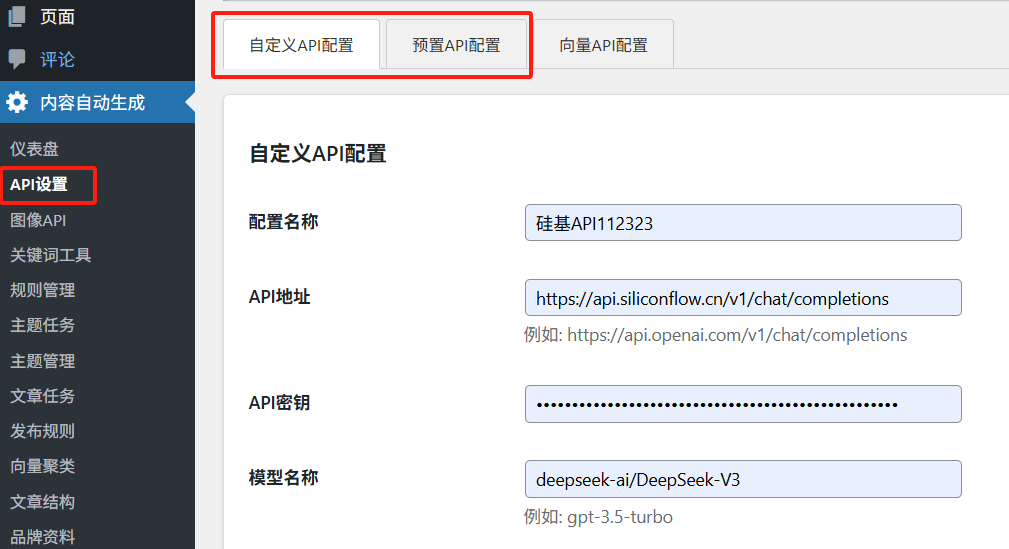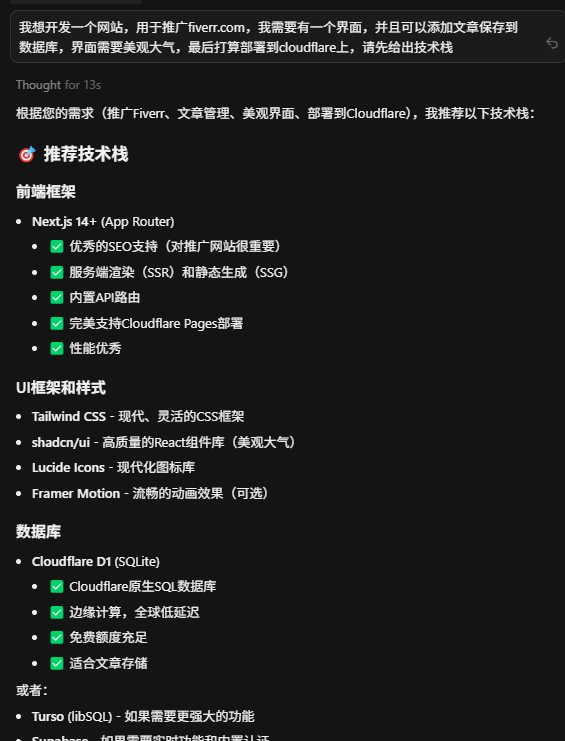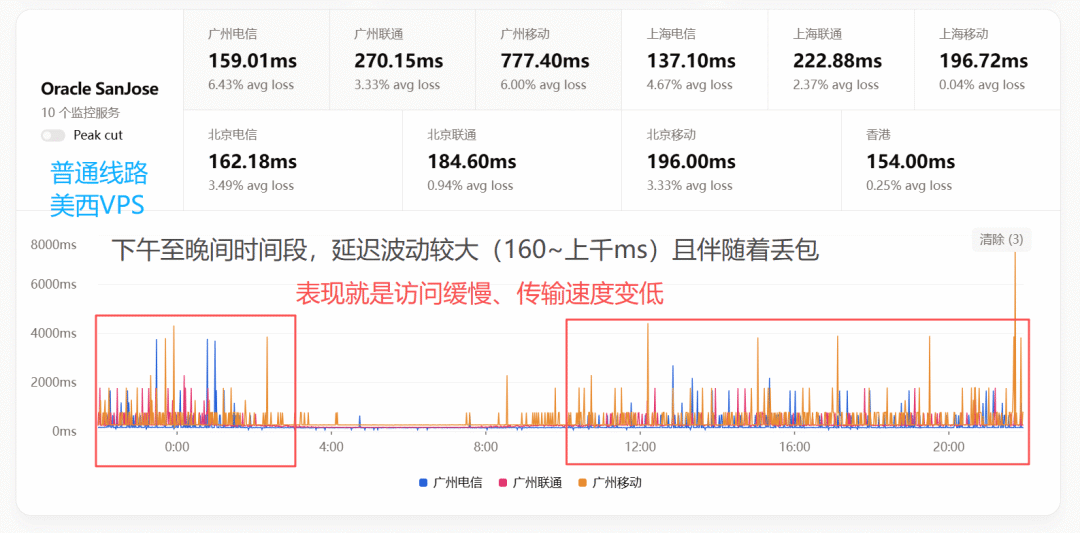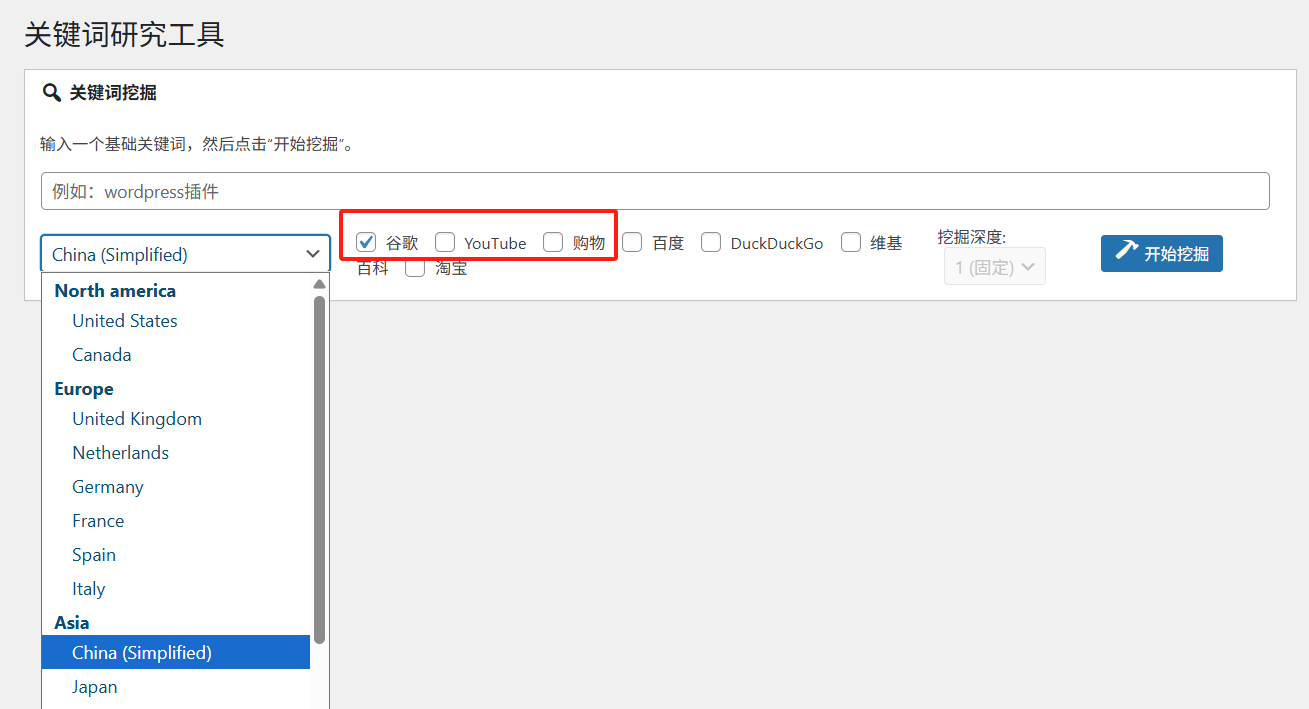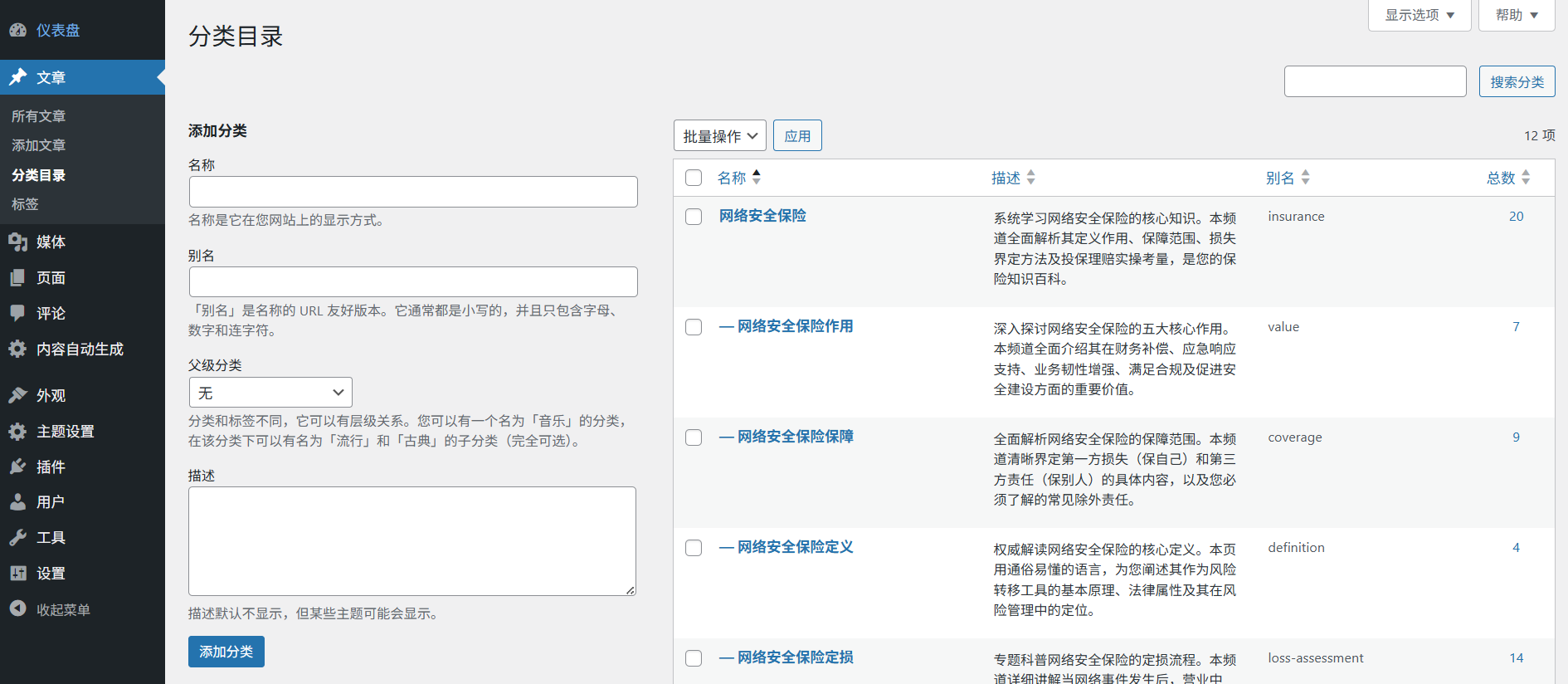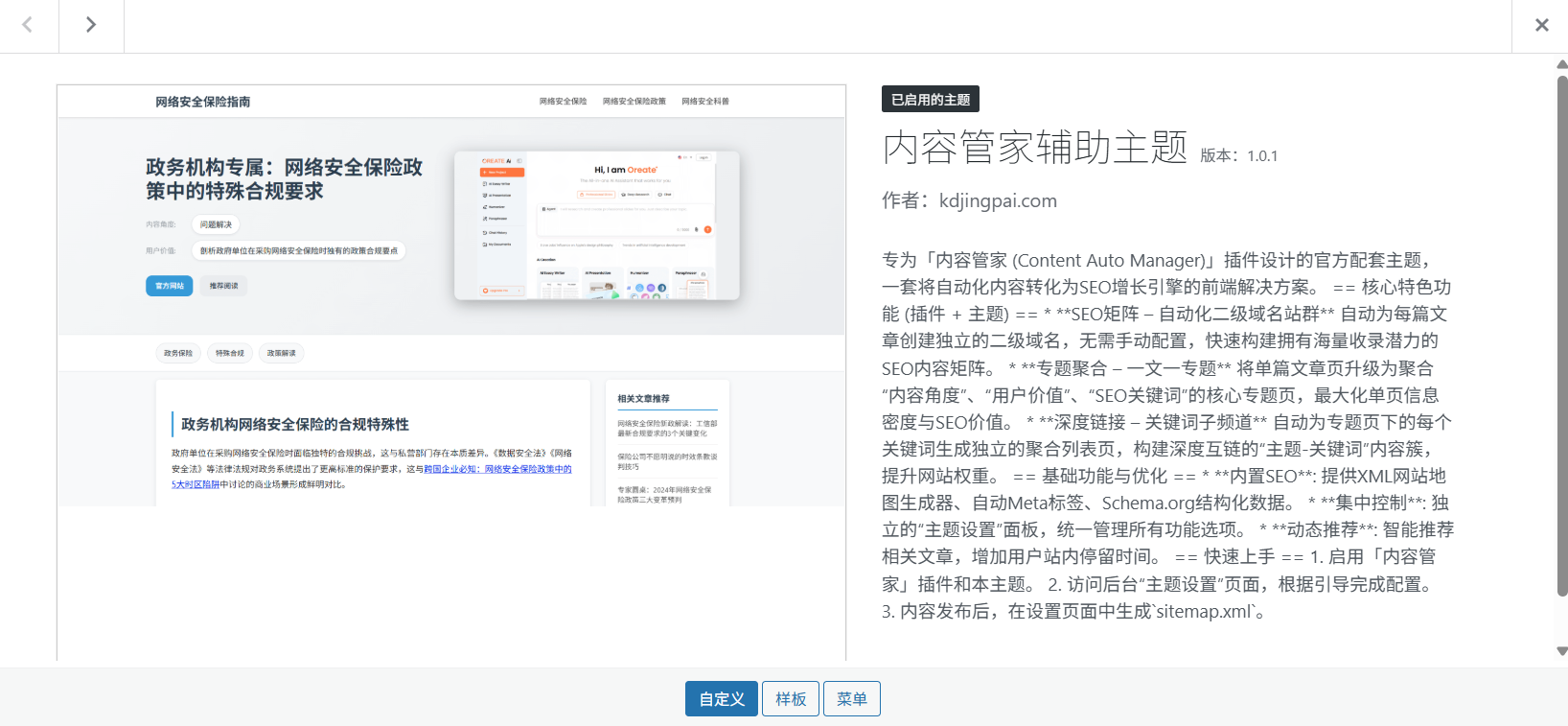Ai Good Notes is an AI tool focused on improving the efficiency of information processing. It is mainly used to quickly convert audio and video content into transcripts, content summaries, mind maps and translated subtitles. Users can use this tool by uploading local files or directly entering links to online videos. Ai Good Memory utilizes AI technology to automatically differentiate between different speakers in a multi-person conversation and extract PPT screens from videos. For users who need to quickly understand large amounts of audio and video information, such as students, content creators, and working professionals, this tool can help them grasp the core points of hours-long content in a matter of minutes. It also supports translation in multiple languages and can generate bilingual subtitles to aid in foreign language learning. In addition to this, it offers some deep learning features such as generating critical thinking questions, memory cards, etc. to help users understand the content more deeply.
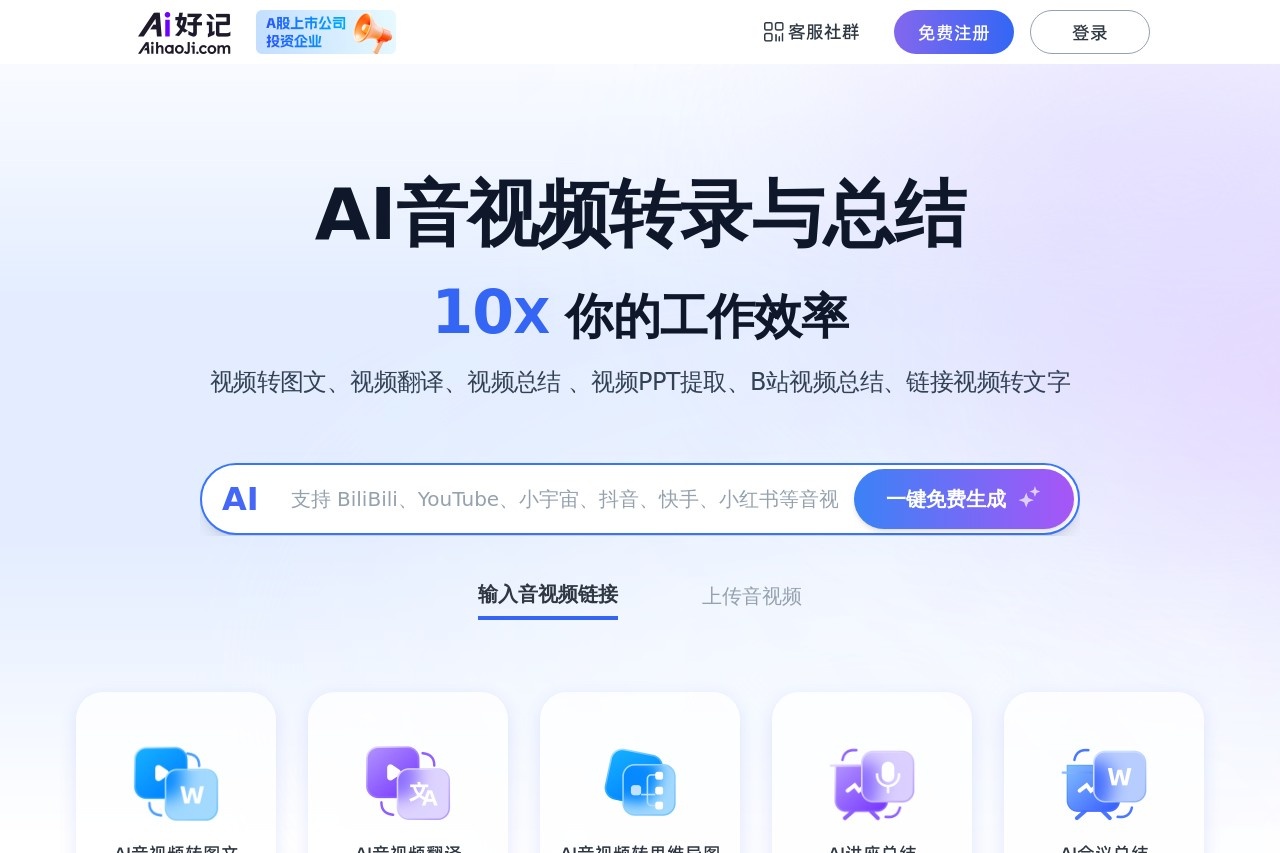
Function List
- AI Audio/Video to Text: It is able to use AI technology to accurately convert uploaded audio or video files into transcripts. In scenarios with multiple speakers, the system can intelligently recognize and distinguish different speakers.
- PPT screen extraction: While converting video, it can automatically capture PPT or key frames appearing in the video and integrate them into the manuscript.
- Content summary and outline: AI is able to quickly extract the core ideas and keywords of audio and video content, generating full-text summaries and content outlines to help users quickly determine the value of the content.
- Mind map generation: One click generates the overall content framework of the audio and video into a mind map to help users quickly absorb and understand the core information.
- AI Translation and Bilingual Subtitling: It supports translation of mainstream foreign language videos, including English, Japanese, Korean, French and many other languages. It can generate bilingual subtitles, which is convenient for users to learn foreign languages while understanding the content.
- Deep Learning Assistance: Offers a variety of AI learning features, for example, it can ask questions for critical thinking around content or generate memory cards and Feynman quizzes for quick review, or users can customize how they summarize.
- Multiple Input Methods: It supports users to upload local audio and video files, and also supports directly pasting links to mainstream video platforms such as B Station for online processing.
- Podcast Generation: It is possible to convert audio and video materials, especially foreign language content, into Chinese podcasts in the form of two-person conversations, providing a new way of "listening" to learn.
Using Help
Ai Good Memory is an online tool that requires no installation and can be used by users by visiting its official website directly from their browsers. Its main goal is to help users process audio and video information efficiently, digesting and absorbing lengthy content in a short period of time.
Core Operating Procedures
The basic process of processing audio and video content using Ai Good Notes is very straightforward and is divided into two main entrances:
- Uploading local files::
- On the home page of the website, find and click on
上传音视频Button. - In the file selection window that pops up, locate the audio (e.g. MP3, WAV, M4A, etc.) or video (e.g. MP4, MOV, AVI, etc.) files stored on your computer.
- After selecting the file, the system will automatically start uploading and processing.
- On the home page of the website, find and click on
- Enter the online link::
- On the home page of the site, find the input box, usually prompted as
输入音视频链接The - Copy and paste the link to the video you need to process (e.g. B site, YouTube, etc.) into this input box.
- Click the Process or Generate button and the system will start parsing and processing the video online.
- On the home page of the site, find the input box, usually prompted as
Detailed explanation of the operation of the main functions
Once processing is complete, the user is taken to a functional interface where they can view and use the various content generated by the AI.
- Viewing and Editing Transcripts
The first thing you see is the full transcript of the text. If there are multiple people talking in the video, the transcript will be labeled with the different speakers. You can read and copy the text directly from here, or simply proofread and edit it. The right side of the transcript is usually synchronized with the video footage or extracted PPT screenshots, making it easy for you to understand the text against the original. - Get a content summary and outline
In the sidebar or top menu of the results page, there is usually aAI总结,全文大纲and other options. When clicked, the system presents a several hundred word summary of the core content, as well as a clear, point-by-point outline. This can give you a quick overview of the entire audio/video topic and key arguments in a few dozen seconds. - Generating and Exporting Mind Maps
locate思维导图function button, click on it to generate a visual guide map. This diagram will show the main structure and hierarchy of the content, which is perfect for reviewing and memorizing. Mind maps usually support exporting to image (e.g. PNG, JPG) or Markdown format, which is convenient for you to insert into your own notes or reports. - Using the Video Translation Function
If you are dealing with foreign language videos, Ai Haoji will automatically generate bilingual subtitles for the original text and the translation. You can choose to display only the original text, only the translation or bilingual comparison on the interface. This feature is especially useful for language learners, who can watch a video and learn vocabulary and sentences against it at the same time. - Utilizing deep learning tools
existAI学习or similar ribbon, you will find some advanced options:- critical thinking: The AI will ask provocative questions based on the content, leading you to think deeply from different perspectives.
- memory card: The system will make the core knowledge points into cards in the form of questions and answers, making it easy for you to do a quick review and self-testing.
- Feynman Q&A: A simulated quiz format to help you test whether you really understand the knowledge.
Export and Save
All generated content, including transcripts, summaries, outlines and mind maps, support export. Usually on the page there will be导出maybe下载button, you can select the desired format (e.g. TXT, Markdown, PDF, etc.) to save it locally for subsequent continued editing and use in other software.
application scenario
- Students and researchers
For students and researchers, this tool can be used to efficiently organize the content of online courses, academic lectures and webinars. They do not need to take notes manually, they can get complete transcripts and PPT screenshots, and quickly review and refresh the core knowledge points of the course through AI summarization and mind mapping, thus dramatically improving their learning efficiency. - professional
In workplace scenarios, Ai Haoji can be used to quickly transcribe meeting recordings, automatically generate meeting minutes, and differentiate between the content of different speakers. For working professionals who need to attend a lot of training or digest industry news, it can quickly convert training videos and industry interviews into easy-to-read summaries and key points, saving a lot of time. - content creator
Content creators need to browse and absorb a lot of information every day to find inspiration. Ai Haoji can help them quickly parse interview videos, podcasts or documentaries to extract key information, golden phrases and data to serve as a repository of material for secondary creation, greatly simplifying the process of organizing information. - language learner
For people who are learning a foreign language, this tool provides an excellent assisted learning scenario. They can utilize the AI translation function to generate bilingual subtitles for foreign language videos, and improve their listening and vocabulary in real contexts through a combination of reading and listening.
QA
- Is this tool free?
The home page of the website provides buttons for "Free Login" and "Ai One-Click Free Generation", indicating that users can start using its basic functions for free. However, for processing time, file size, or advanced features, there may be a payment plan. - How long does it take to process a long video?
According to the website description, processing a 2-hour audio/video, the user can finish the study in 5 minutes, which means that the time required for a series of processing processes such as transcription, summarization and generation of guide maps in the background is relatively short. The actual processing speed will be affected by the current server load and video complexity. - What video or audio formats are supported?
The website doesn't explicitly list all supported formats, but usually such tools support mainstream audio and video formats such as MP4, MOV, MP3, WAV, M4A and so on. For online links, it explicitly mentions support for mainstream platforms such as B-site. - How accurate is transcription and translation?
Accuracy depends on the clarity of the audio and video, the speed of the speaker, and the specialization of the content. The website mentions that it utilizes "advanced AI technology" and "leading AI technology" and incorporates the DeepSeek model, which is designed to provide accurate transcription and translation services.




















